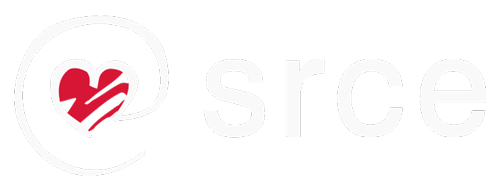- Hrvatski
Course content
Measuring Instrumentation and Sensors
- Code:
- 18524
- Abbreviation:
- MJURSE
- Higher education institution:
- Faculty of Mechanical Engineering and Naval Architecture
- ECTS credits:
- 3.0
- Load:
- 15(E) + 30(L)
- Issuing teachers:
-
Professor Danijel Pavković, PhD
Assistant Professor Mario Hrgetić, PhD
- Course contractors:
-
Research Associate Matija Krznar, PhD (E)
Assistant Professor Mario Hrgetić, PhD (L)
Professor Danijel Pavković, PhD (L)
- Course description:
- Course objectives: Aims: Familiarising with basic measurement techniques. Understanding principles of operation of important measuring transducers and sensors. Qualifying for measuring equipment choice. Qualifying for planning of mechanical quantities measurement and for evaluating of results. Enrolment requirements and required entry competences for the course: Previously attended classes in one of the subjects from the "Electrical engineering" subject group, such as "Electrical engineering" "Electrical engineering and electrical machines" "Electronics" Student responsibilities: Teaching activities consist of lectures and auditory and laboratory exercises, wherein student attendance is regularly checked. A minimum attendance rate of 70% is strictly enforced. Absence from laboratory exercises needs to be notified in advance. The missing laboratory time can be redeemed either through oral examination or by offering to attend the laboratory exercise with another teaching group. Unethical behavior during preparation of the written assignment (equivalent to written exam) is not tolerated. Grading and evaluation of student work over the course of instruction and at a final exam: Successful completion of written assignment is equivalent to a successful written exam. Maximum proportions of individual exam components: Written assignment 50% Oral exam 50% Grading system: 5 87% or more, 4 76% to 87%, 3 65% to 76%, 2 50% 65%, 1 below 49% Methods of monitoring quality that ensure acquisition of exit competences: At the beginning of each lecture or exercise, a brief recapitulation of previously presented subject matter is performed (up to 5 minutes). During the lectures/excercise interactive teaching process is established. Afterwards, students are pointed towards further broadening the subject matter via appropriate literature. The subject matter for the next lecture/exercise is announced and additional teaching materials are offered. Consultations, either in person or via email correspondence, are also encouraged. During the semester, students are given the opportunity to actively participate in practical laboratory exercises which further illustrate the subject matter presented at lectures and auditory exercises. Interaction with students during practical teaching activities is important for teaching process evaluation. Upon successful completion of the course, students will be able to (learning outcomes): analyze the effects of measurement errors to measurement results reliability categorize instrumentation systems with respect to their accuracy class recommend the calibration procedure for a transducer system plan the measurement of mechanical quantities select appropriate sensors and transducers for industrial applications validate the performance of measurement chain Lectures 1. Measurement basics: units, errors, measurement uncertainity 2. Overview of measurement methods, transducers and sensors 3. Static and dynamic properties of sensors and signals, disturbance rejection 4. Sensors as sources of information, calibration 5. Physical principles: resistive, inductive, magnetic, capacitive 6. Physical principles: piezoelectric, ultrasonic, optical 7. Sensors of mechanical quantities 8. Strain gauges, properties and application 9. Environmental influence and correction of results on measurement with strain gagues 10. Vibration measurement 11. Proximity switches 12. Micromechanical sensors 13. Robotic sensors 14. Criteria for sensor choice 15. Sensor standards and protocols Exercises 1. Elaboration and estimation of errors on example of deformation measuring I 2. Elaboration and estimation of errors on example of deformation measuring II 3. Verification of instrument static and dynamic properties I 4. Verification of instrument static and dynamic properties II 5. Force measurement I 6. Force measurement II 7. Rotational speed measurement I 8. Rotational speed measurement II 9. Displacement measurement 10. Torque measurement 11. Vibration measurement I 12. Vibration measurement II 13. Vibration measurement III 14. Vibration measurement with integrated vibration sensor 15. Distribution of individual final assignments (tasks)
- Course languages:
-
Hrvatski
- Mandatory literature:
-
1. Popović, M.: Senzori i mjerenja, Svjetlost, Sarajevo, 1992.
2. Novaković, B.: "Metode vođenja tehničkih sustava", Školska knjiga, Zagreb 1990.
3. Priručnici, katalozi i prospekti raznih proizvođača senzora, norme
- Recommended literature:
-
4. Božičević, J.: "Temelji automatike 2 - mjerni pretvornici i mjerenje", Školska knjiga, Zagreb, 1991.
5. Bego, V.: "Mjerenja u elektrotehnici", Školska knjiga, Zagreb, 1990.
6. Fraden, J.: "Handbook of Modern Sensors: Physics, Designs, and Applications", American Institute of Physics, 2001.
- Course in study programme:
-
Code Name of study Level of study Semester Required/Elective 154 Mechanisms and Robots undergraduate 7 required * the course is not taught in that semester
Legend
- E - Exercises
- L - Lectures

